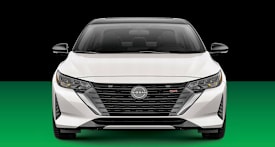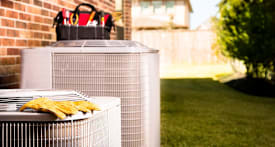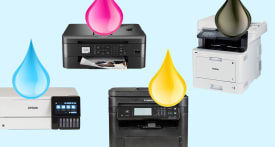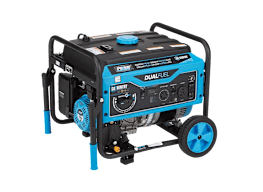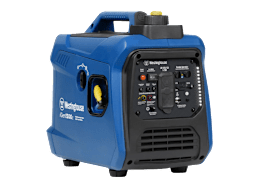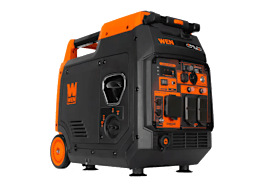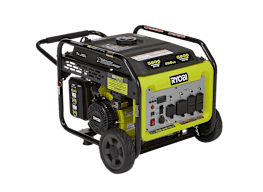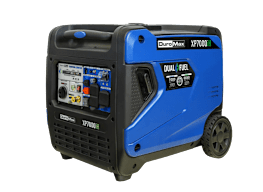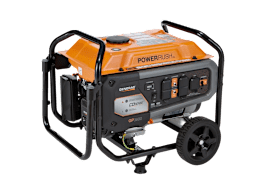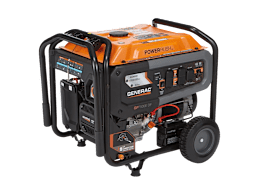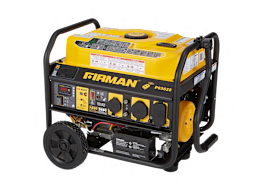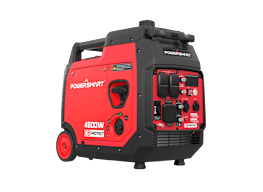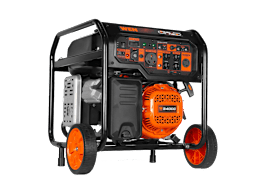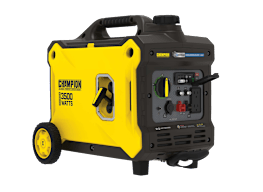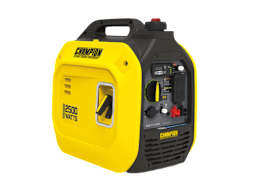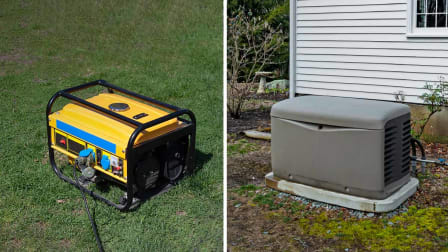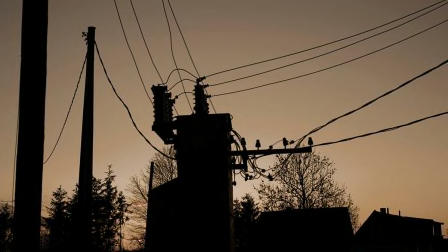Best Whole-House Generators
Home standby generators from companies like Champion, Generac, and Kohler can be pricey, but they provide immediate backup power during outages
When you shop through retailer links on our site, we may earn affiliate commissions. 100% of the fees we collect are used to support our nonprofit mission. Learn more.
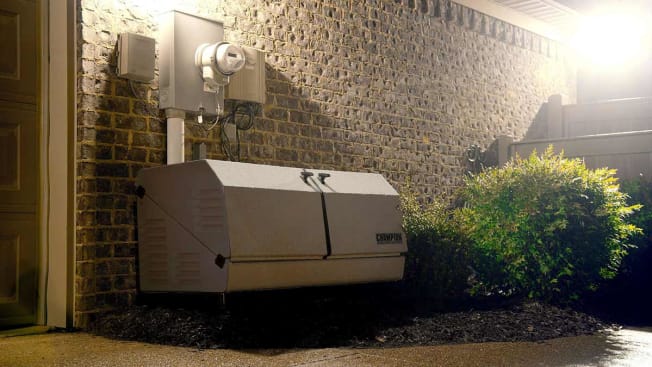
If you often lose power where you live, whether because of storms or other problems with the electrical grid, having a whole-house generator can be very convenient. It ensures that your appliances are available when you need them — even hardwired devices like your well pump, water heater, and air conditioning and heating systems—not to mention life-saving devices like medical equipment.
These professionally installed units, also called home standby generators, pump out lots of electricity and, unlike a portable generator, kick on automatically when the power goes out, letting you go about your daily life almost as if there isn’t an outage at all. They’re about the size of a central air conditioning unit and sit permanently on a concrete pad. They can run on natural gas, which provides an essentially limitless source of fuel, or on a large propane tank, which needs to be refueled much less often than the gas tank on a portable generator.
- Whole-House Generators: Best Large Models Best Small Models
- How CR Tests Generators
- Pros and Cons
CR's Guide to Home Improvement
Find top-rated products and expert tips to help you save energy and money—and protect your home from extreme weather.
Best Large Whole-House Generators
Large whole-house generators have an output of 10,000 watts or more, which means there’s enough power for all your appliances. On average, these big models run from 140 to 200 hours on a propane tank, which is a shorter duration than their smaller counterparts.
Best Small Whole-House Generators
The best small whole-house generators in our ratings put out less than 10,000 watts of power but often run longer on propane than larger standby generators. Note that while smaller models are less expensive to purchase, the installation costs are comparable to a larger model, so your overall savings might not be as large as you expect.
How CR Tests Generators
To test how a generator will perform when you need it most, our expert engineers take every model to our test facility and load them up with a variety of essentials you might want to power during an outage, such as a space heater, refrigerator, or window air conditioner.
Our testers make sure the generator can handle the load it promises, and also determine what happens when a sudden spike in voltage hits, such as when your fridge’s compressor kicks on when the generator is already close to capacity. The best models take that in stride, while lower-performing generators bog down or even stall. We also look at how efficiently a generator uses fuel and how long it runs on a tank of propane. Check out our generator buying guide for more details on our intensive testing program.
Pros and Cons of Standby Generators
There are many benefits to installing a whole-house generator.
- Because they start automatically, unlike a sometimes stubborn gas-powered generator, there’s no futzing in the dark with flashlights to get them started.
- They give you a choice of fuel: propane, which can be stored in a large tank and is less risky than pouring a large supply of gasoline into a portable generator’s fuel tank, or natural gas, which provides an unlimited supply of power.
- They run a self-diagnosis and let you know when maintenance is needed.
- And because they’re professionally installed—outdoors, with the exhaust properly diverted away from your house—they don’t present the carbon monoxide safety issues posed by a portable generator.
But there are downsides.
- Whole-house generators cost more than portables. They can range in price from $2,000 to $7,000. By comparison, large portable generators that power a whole house start at around $1,000.
- They’re large in size and require a level concrete pad outside your home, a bit like a central air conditioning unit.
- They require professional installation, sometimes involving a plumbing/heating contractor for a gas line, a general contractor for the concrete pad, and an electrician to hook up the generator to your electrical panel.
- The installation can be more expensive than the unit itself, ranging from about $2,000 to $20,000 or more, and smaller units cost almost as much to install as larger ones.
